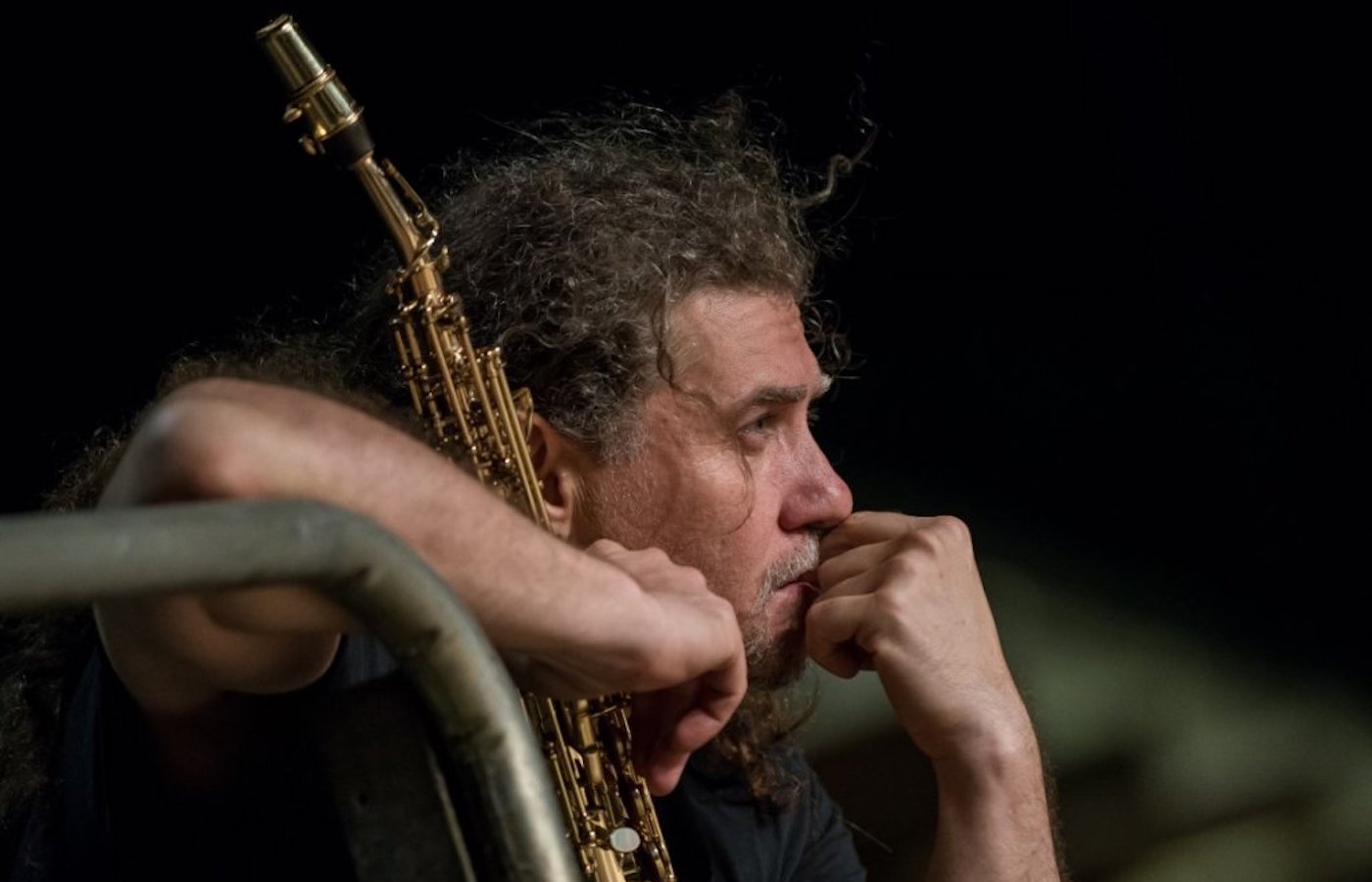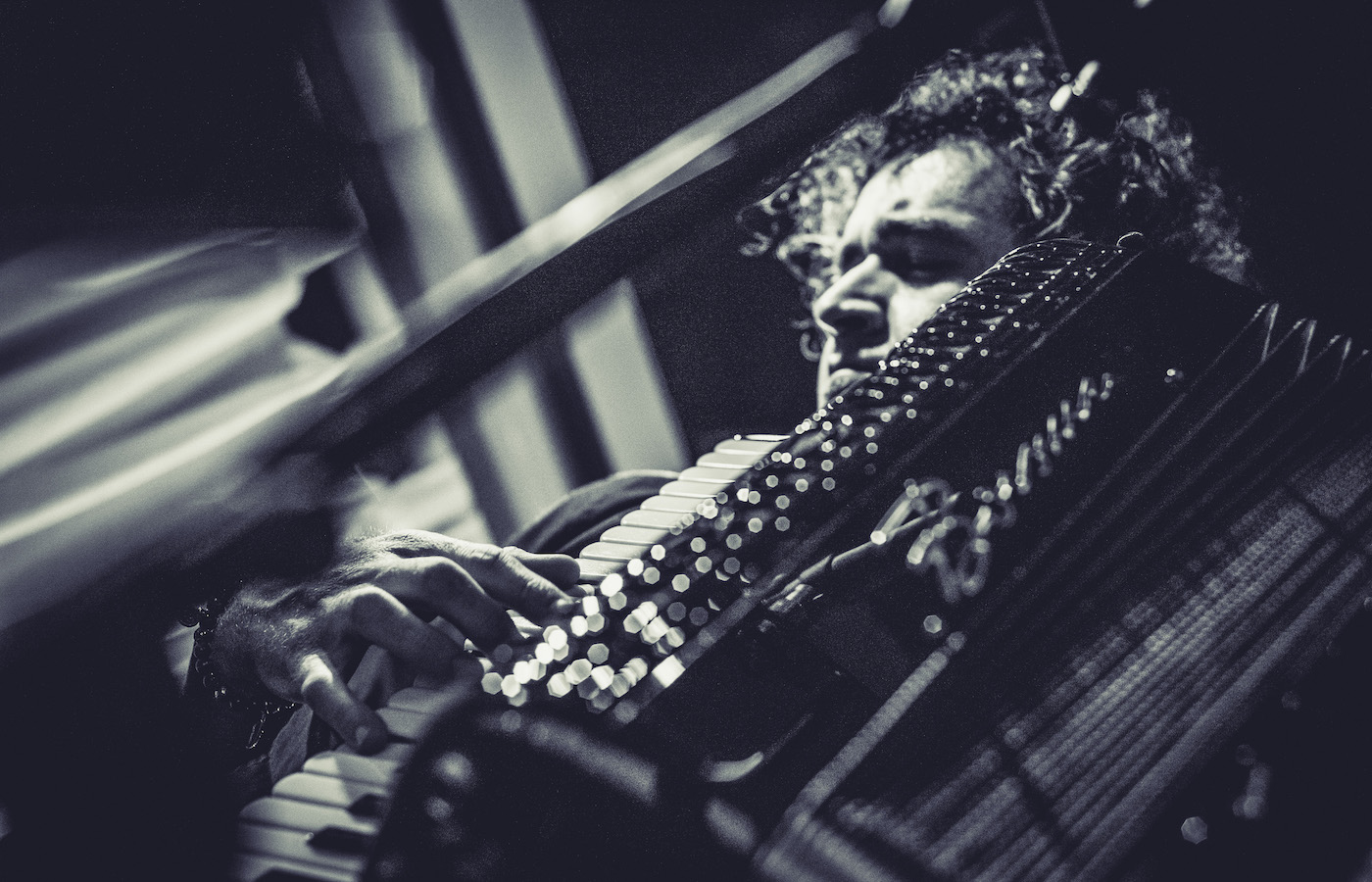
Biography
Considering that throughout her career, Rebecca Martin has teamed up with everyone from Paul Motian, Kurt Rosenwinkel, Jeff Ballard, and Brian Blade to the likes of Guillermo Klein and her partner Larry Grenadier—not forgetting her fairly recent collaboration called “Tillery” with singers Gretchen Parlato and Becca Stevens, one should think that the vocalist/singer-songwriter would be more widely known. And yet, her brilliant and slowly expanding discography remains a treasure-trove mostly reserved for a rather small group of adepts to relish. We can only hope that After Midnight will introduce her compositional ingenuity to a wider audience. It should. The album is a collaboration between the Portuguese brass and wind ensemble Orquestra Jazz De Matosinhos—directed and arranged by Pedro Guedes—and the duo of Grenadier and Martin. It traces highlights from throughout the singer and composer’s catalogue, plus a handful of standards. Among her compositions are the title track and “The Space in a Song to think,” both originally from The Growing Season (Sunnyside, 2008), now with beautifully layered arrangements that have the horns divided into groups continually echoing the songs’ steady arpeggiated guitar chords. “In The Nick of Time (State of the union),” by Grenadier with Martin’s lyrics, is a harmonically rich, arpeggio-based tune that blossoms in the broad arrangement for horns that subtly reacts to and expands the already complete sounding trio of Grenadier’s bass and Martin’s voice and guitar. There’s both a vocal-jazz quality and a singer-songwriter element to the singer’s voice, as well as her writing, combining a soft and raspy character with subtle, dynamic vocal phrasing while her compositions juggle the intricate harmonic tensions of jazz with often song-oriented structures. These aren’t new insights; in fact, they’re extensively documented over Martin’s past output. What does strike as fresh and yet unheard is how the expansion of the singer’s small group writing to large ensembles not just transforms Martin’s vision into a new dimension, but her songs now appear even more complete— as if they’d always been intended for these designs. One is reminded of the transfiguration Joni Mitchell accomplished with the help of Vince Mendoza on Both Sides Now (Reprise, 2000), turning her already celebrated composition of the same name into a new evergreen all over again. On After Midnight the standard renditions prove welcome additions to the set and include thoroughly and tastefully wrought scores, but the real treat here is Martin’s own writing. One can only hope that more people will start discovering it from here on out, and this is a very good place to start.











